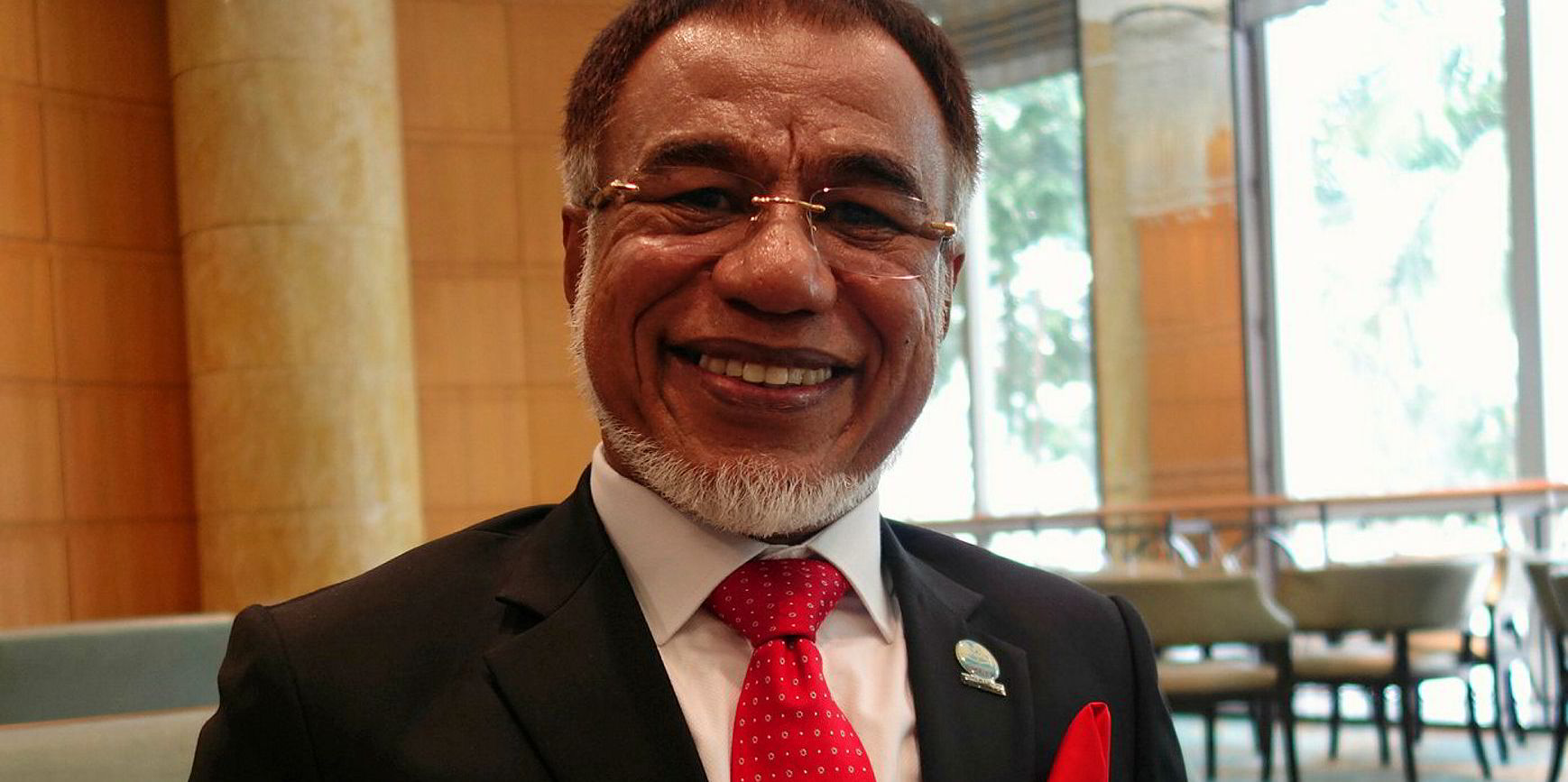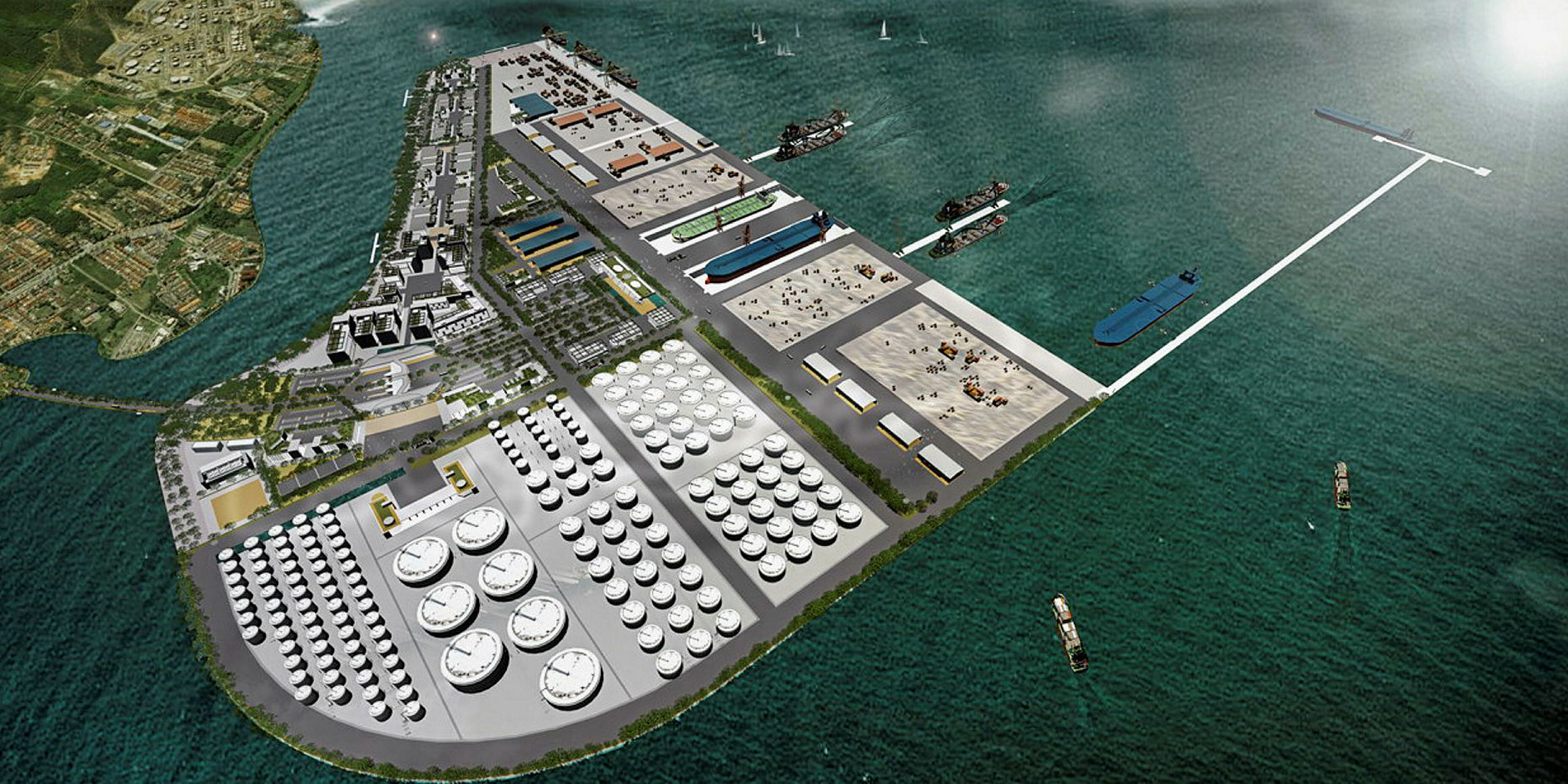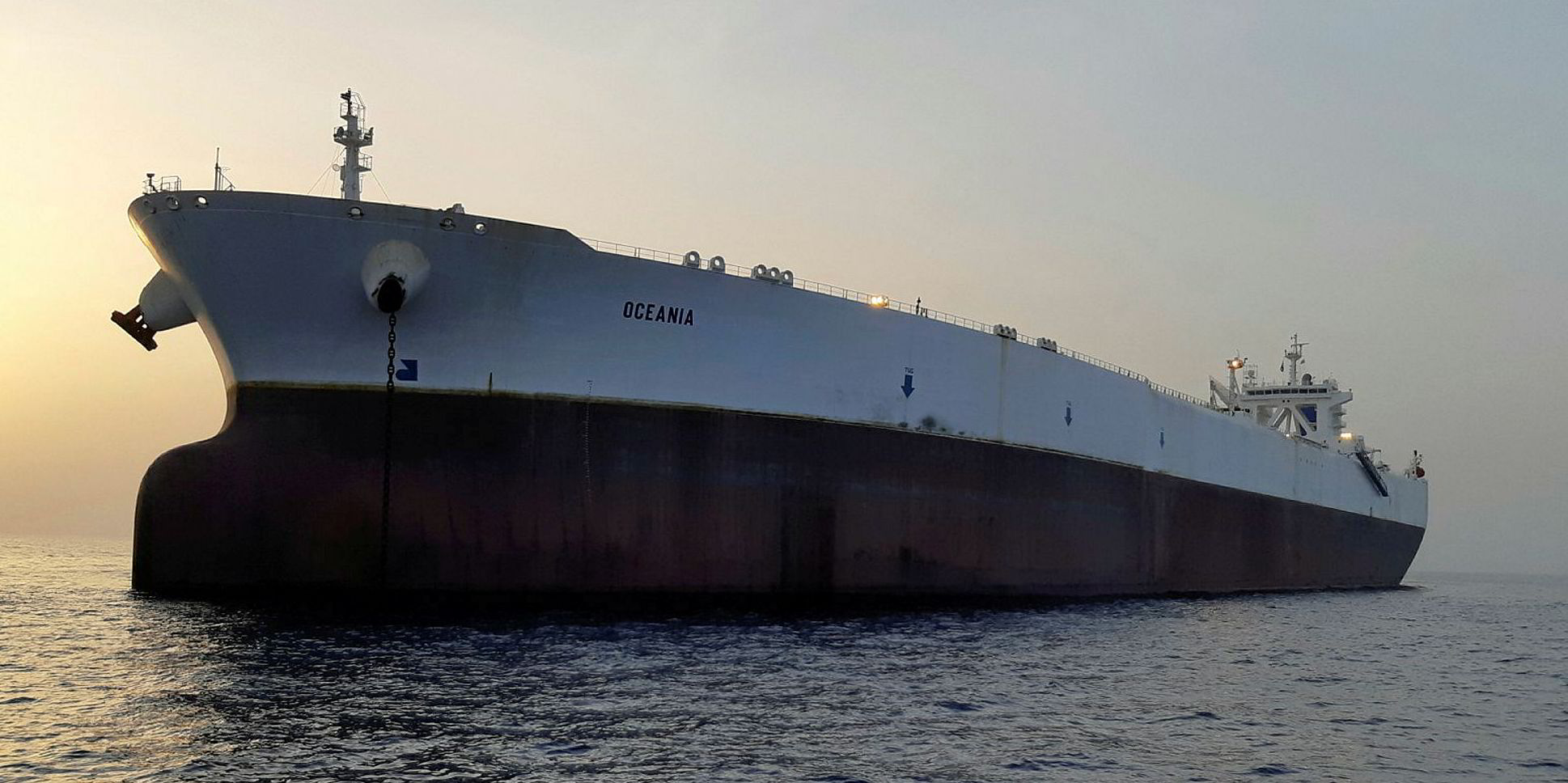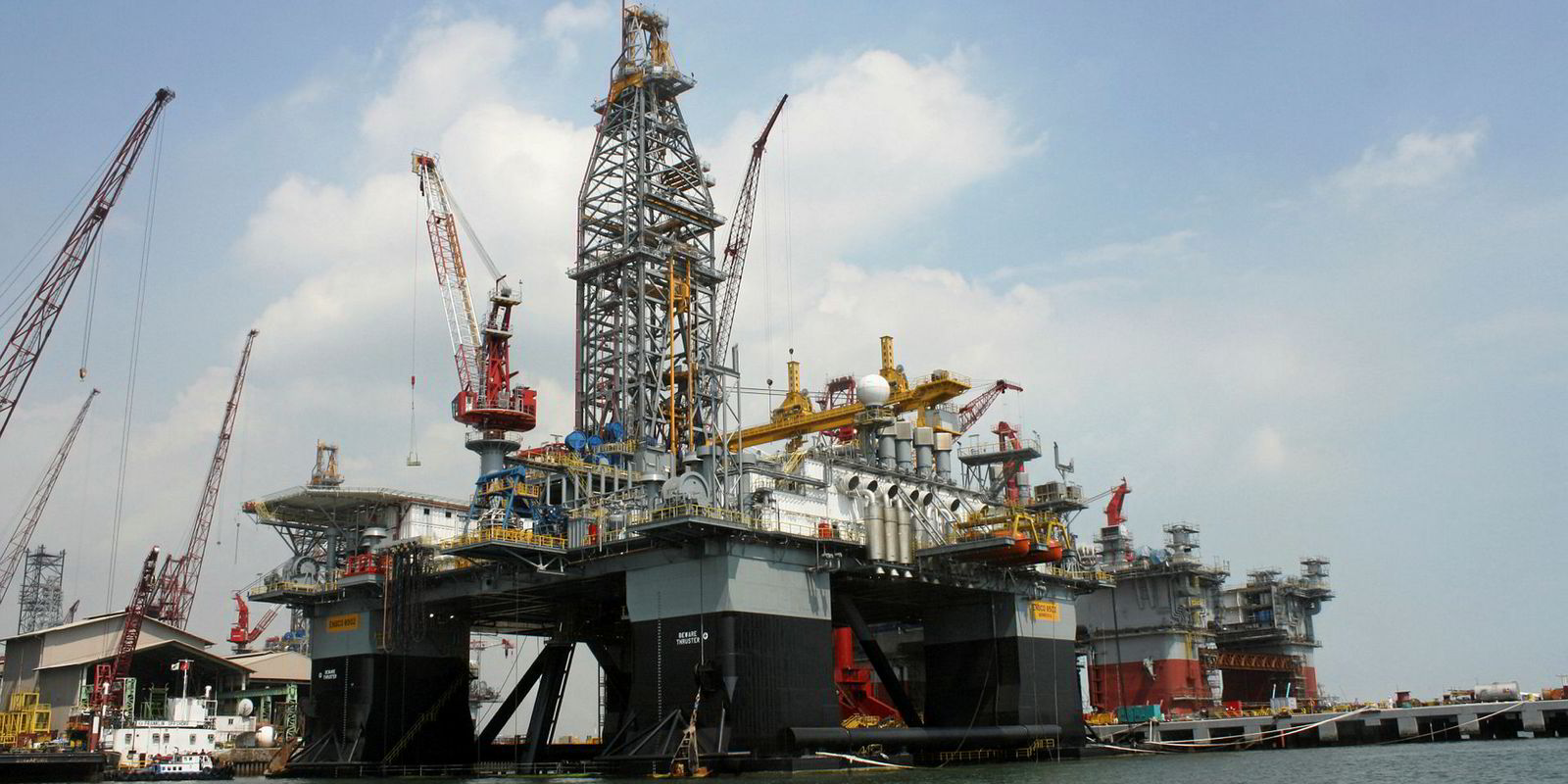Kuala Linggi International Port (KLIP) is about to change the seascape on the Malaysian side of the Strait of Malacca.
The port, well known for deepwater anchorage that accommodates storage tankers and vessels conducting ship-to-ship transfers, is moving ahead with the second phase of its development.
Early next year, reclamation works will begin to create a large industrial port on a man-made island between Port Klang in Malaysia and Singapore.
Rival down the strait
The project's developer, Kuala Lumpur-based TAG Marine, expects the site to become one of the largest bunkering, oil storage and transfer points in the region, where Singapore is already a nearby powerhouse.
When commissioned, KLIP’s liquid product terminal will have capacity to store 1.5m cubic metres of oil products, served by deepwater berths with no draught restrictions.
This terminal will complement the floating storage activities that KLIP is best known for today.

A shipyard capable of handling the world’s largest tankers will be developed concurrently, giving incumbent repair yards in Singapore and China a run for their money.
The ambitious project is the brainchild of TAG and KLIP managing director Datuk Seri Noormustafa Kamal bin Yahya. The former LNG vessel master turned business entrepreneur told TradeWinds his shipping experiences made him realise the Strait of Malacca lacked the services required to support the tanker industry.
“I began developing this area when the authorities designated and gazetted the port limits in 2006 because I had the foresight this would be a good place to be, with hundreds of thousands of ships passing through the strait," he said.
“My vision as a port operator is to give shipowners all the services that I can in order [to] reduce the cost of their operations. We are building services for which we know there is demand.”
This phase of KLIP’s development is projected to cost MYR 15bn ($3.6bn). Noormustafa said funding for the reclamation works has been secured, and further work will be undertaken in partnership with foreign and Malaysian investors.
Noormustafa revealed he has been approached by a large number of interested parties, with many from China or South Korea. Some have been rejected because they do not have an oil and gas background and are looking at it from the perspective of a construction project.
“I have to choose partners who have synergy with me," he said. "I don't want investors to come in and turn around the idea. No way! I'm sorry. I'm the owner, I have my vision. I want to complete my dream.”
He added that the company wants partners who are in the oil, gas and shiprepair businesses and who are committed to building and running a first-class operation.
Big-name customers
“Who are my customers? Euronav, Shell, BP," he said. "Do you think they want to come if you take shortcuts? If they see you do that, they won't come to use your port. I'm not stupid. I'm a mariner. I was there on the bridge before, so I know how it needs to be done.
“Now I am a domestic direct investor and people are coming as foreign direct investors. As a responsible investor I must do it right — from the beginning. I won't put up my money when things are not so.”
The oil storage terminal is only part of the overall KLIP plan.
High up on the priority list is the construction of a shiprepair and offshore fabrication yard that will have two large dry docks.
A shiprepair partner will be brought in to help establish this part of the business.
The yard would aim to compete with yards in Singapore and China, although in the case of China, Noormustafa expects KLIP to have a strong competitive advantage.
“I’m sitting on the edge of the world’s busiest shipping lane," he said. "Every vessel needs a dry dock. Today they have to burn their fuel and go to China. What if they just heave up anchor and turn into my place?”
At the same time, Noormustafa stressed that on all aspects of its business plans, KLIP is positioning itself to complement rather than compete with Singapore. There is enough business sailing past for both locations.
Long germination period
When the land reclamation works to build the new KLIP industrial port begin in early 2020, it will be more than three years since the second phase of the project was first announced.
Noormustafa dismissed any suggestion the project had got bogged down with delays.
Instead, he suggested it was time required to work the plan through Malaysian bureaucracy.
“I've got to love everybody," he said. "They've got to love me too because I put real things on the table.
“When I started this project three years ago, I signed an agreement with the state government of Malacca. But you must understand my port’s location: it sits on the border with another state, Negeri Sembilan.
“In Malaysia, the maritime borders are very important between two states. I had to get both states to work together and agree. This takes a long time, especially because I am from the private sector.”
He said the project has involved working with the federal government in Malaysia at its highest levels.
“I met with our prime minister, Dr Mahathir bin Mohamad, six times," he said. "He loved the project. He told me go ahead. He is the chairman of National Physical Planning Council. He was the one who passed my project on the 24 October.”
Land reclamation works for the new KLIP port are expected to be completed within 48 months, with infrastructure rolled out in subsequent phases.







